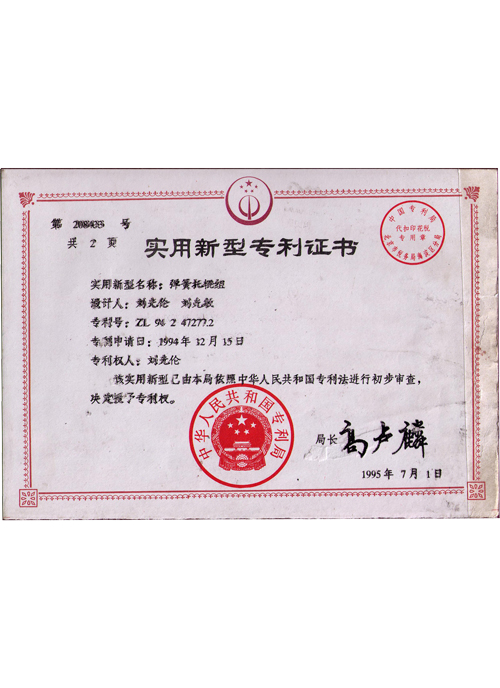 Afrikaans
Afrikaans  Albanian
Albanian  Amharic
Amharic  Arabic
Arabic  Armenian
Armenian  Azerbaijani
Azerbaijani  Basque
Basque  Belarusian
Belarusian  Bengali
Bengali  Bosnian
Bosnian  Bulgarian
Bulgarian  Catalan
Catalan  Cebuano
Cebuano  Corsican
Corsican  Croatian
Croatian  Czech
Czech  Danish
Danish  Dutch
Dutch  English
English  Esperanto
Esperanto  Estonian
Estonian  Finnish
Finnish  French
French  Frisian
Frisian  Galician
Galician  Georgian
Georgian  German
German  Greek
Greek  Gujarati
Gujarati  Haitian Creole
Haitian Creole  hausa
hausa  hawaiian
hawaiian  Hebrew
Hebrew  Hindi
Hindi  Miao
Miao  Hungarian
Hungarian  Icelandic
Icelandic  igbo
igbo  Indonesian
Indonesian  irish
irish  Italian
Italian  Japanese
Japanese  Javanese
Javanese  Kannada
Kannada  kazakh
kazakh  Khmer
Khmer  Rwandese
Rwandese  Korean
Korean  Kurdish
Kurdish  Kyrgyz
Kyrgyz  Lao
Lao  Latin
Latin  Latvian
Latvian  Lithuanian
Lithuanian  Luxembourgish
Luxembourgish  Macedonian
Macedonian  Malgashi
Malgashi  Malay
Malay  Malayalam
Malayalam  Maltese
Maltese  Maori
Maori  Marathi
Marathi  Mongolian
Mongolian  Myanmar
Myanmar  Nepali
Nepali  Norwegian
Norwegian  Norwegian
Norwegian  Occitan
Occitan  Pashto
Pashto  Persian
Persian  Polish
Polish  Portuguese
Portuguese  Punjabi
Punjabi  Romanian
Romanian  Russian
Russian  Samoan
Samoan  Scottish Gaelic
Scottish Gaelic  Serbian
Serbian  Sesotho
Sesotho  Shona
Shona  Sindhi
Sindhi  Sinhala
Sinhala  Slovak
Slovak  Slovenian
Slovenian  Somali
Somali  Spanish
Spanish  Sundanese
Sundanese  Swahili
Swahili  Swedish
Swedish  Tagalog
Tagalog  Tajik
Tajik  Tamil
Tamil  Tatar
Tatar  Telugu
Telugu  Thai
Thai  Turkish
Turkish  Turkmen
Turkmen  Ukrainian
Ukrainian  Urdu
Urdu  Uighur
Uighur  Uzbek
Uzbek  Vietnamese
Vietnamese  Welsh
Welsh  Bantu
Bantu  Yiddish
Yiddish  Yoruba
Yoruba  Zulu
Zulu Exploring the Mechanics of Gravity in Pulley Systems and Their Applications
Understanding Gravity and the Role of a Pulley System
Gravity is one of the fundamental forces of nature, responsible for keeping everything on Earth grounded. It pulls objects toward the center of the Earth, creating a force that can be harnessed for mechanical advantage in various systems, one of which is the pulley system. By understanding how gravity interacts with pulleys, we can appreciate the efficiency it brings to lifting and moving heavy objects.
A pulley is a simple machine consisting of a wheel on an axle or shaft that is designed to support movement and change of direction of force using a rope or cable. When a weight is suspended from a pulley, gravity exerts a downward force on the weight. The pulley acts as a mechanical advantage, allowing a user to lift heavy loads with less effort. Simply put, pulleys make work easier by distributing the gravitational force.
Understanding Gravity and the Role of a Pulley System
Conversely, a movable pulley is attached to the load itself, reducing the amount of force required to lift the load by half. This is because the rope's tension is distributed across the length of the pulley, effectively sharing the load. The gravitational force acting on the load is countered by the tension in the rope, which allows for easier lifting. A compound pulley system combines both fixed and movable pulleys, providing even greater mechanical advantage. These systems can significantly reduce the effort needed to lift heavy objects, making tasks more manageable in various applications such as construction and shipping.
gravity take up pulley

Understanding the science behind gravity and pulleys has profound implications in our daily lives. For instance, consider a construction site where workers need to lift heavy materials to great heights. By utilizing pulley systems, they can do so with minimal effort and increased safety. The mechanical advantage provided by pulleys means fewer workers are needed to accomplish tasks that would otherwise require significant manpower.
Moreover, pulleys are not limited to construction; they are used in various applications, including elevators, cranes, and even exercise equipment. In fitness machines, pulleys allow users to perform weightlifting exercises with better form and control, leveraging gravity to provide resistance without needing free weights.
The efficiency of pulley systems is a testament to the ingenious ways humanity has adapted to utilize gravity to its advantage. By reducing the energy output required to lift heavy loads, pulleys have become a standard component in various mechanical systems across different industries.
Finally, the principles of gravity and pulleys extend into education and physics. Understanding these concepts is essential for students studying mechanics and engineering. Educators often use pulley demonstrations to highlight the relationship between force, mass, and acceleration, providing a practical application of Newton’s laws of motion.
In conclusion, the interplay between gravity and pulley systems exemplifies the innovative spirit of engineering—finding solutions to challenges posed by nature. Through the effective use of gravity, pulleys allow for improved efficiency and safety in numerous industries, making them an enduring staple in our technological landscape. As we continue to explore and innovate, the fundamental principles of gravity and mechanics will undoubtedly lead to even more advanced applications in the future.
-
Revolutionizing Conveyor Reliability with Advanced Rubber Lagging PulleysNewsJul.22,2025
-
Powering Precision and Durability with Expert Manufacturers of Conveyor ComponentsNewsJul.22,2025
-
Optimizing Conveyor Systems with Advanced Conveyor AccessoriesNewsJul.22,2025
-
Maximize Conveyor Efficiency with Quality Conveyor Idler PulleysNewsJul.22,2025
-
Future-Proof Your Conveyor System with High-Performance Polyurethane RollerNewsJul.22,2025
-
Driving Efficiency Forward with Quality Idlers and RollersNewsJul.22,2025





























